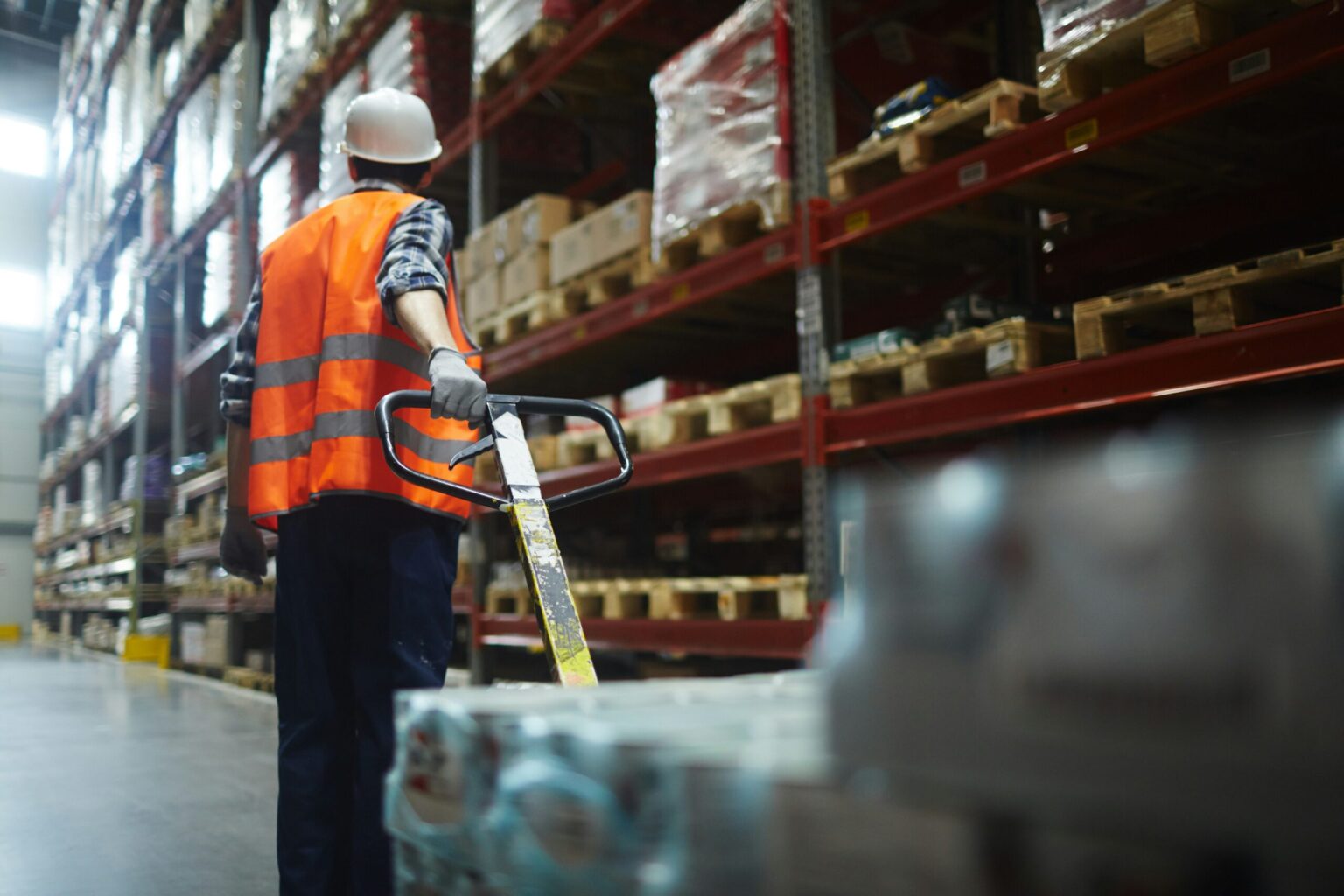In response to escalating environmental concerns, major retailers across the U.S. are making significant moves toward adopting sustainable packaging solutions. With growing pressure from both consumers and environmental advocacy groups, companies such as Walmart, Target, and Amazon are taking decisive steps to reduce their reliance on plastic and other non-biodegradable materials. This shift marks a turning point in the retail industry as sustainability becomes an increasingly central focus.
As of 2025, retailers are committing to eliminate single-use plastics from their packaging and transition to recyclable, compostable, or biodegradable materials. These changes are being driven by consumer demand for eco-friendly products and growing recognition of the role packaging plays in waste production. According to a recent study, nearly 70% of U.S. consumers said they would be willing to pay more for products with sustainable packaging, underscoring the importance of environmental responsibility in purchasing decisions.
“We’re seeing a clear shift in consumer preferences,” said Julia Harris, sustainability director at Walmart. “Consumers today are not only interested in the quality of the products they buy but also in how those products are packaged and the environmental impact of that packaging. Our goal is to ensure that by 2030, all our private-label products will use fully sustainable packaging.”
The effort is not limited to major retailers. Small and medium-sized businesses are also jumping on the sustainability bandwagon, driven by both consumer pressure and the promise of long-term cost savings. Companies are finding that more eco-friendly packaging, while initially more expensive, can lead to lower overall costs due to reduced material waste, better recycling rates, and positive brand reputation.
Retailers are also taking action by expanding refillable and reusable packaging programs. For example, major grocery chains are introducing refill stations for items like cleaning products, oils, and grains, encouraging customers to bring their own containers. These innovations are designed not only to minimize waste but also to promote a circular economy where products are reused, rather than disposed of after one use.
The move toward sustainable packaging is also being supported by technology. Advances in packaging design and materials science are helping companies to find innovative alternatives to traditional plastic. Plant-based plastics, edible packaging, and water-soluble packaging materials are just a few examples of the types of innovations gaining traction in the industry.
Despite the progress, the transition to fully sustainable packaging is not without its challenges. Packaging that is truly sustainable must meet rigorous safety, cost, and logistics standards, which can be difficult to balance. In some cases, consumers may also face higher costs for products with sustainable packaging, potentially creating resistance from price-sensitive shoppers.
Nevertheless, the commitment to sustainability in packaging is expected to continue growing as public awareness of environmental issues rises. With consumers, companies, and governments all pushing for change, the retail sector is positioning itself to play a key role in reducing waste and mitigating the impact of plastic pollution.
As companies continue to innovate and expand sustainable practices, it is clear that 2025 marks a pivotal year for the retail industry’s environmental transformation. This move toward sustainable packaging not only responds to consumer demand but also sets the stage for a more sustainable future in retail—a future where eco-conscious packaging becomes the norm, not the exception.
